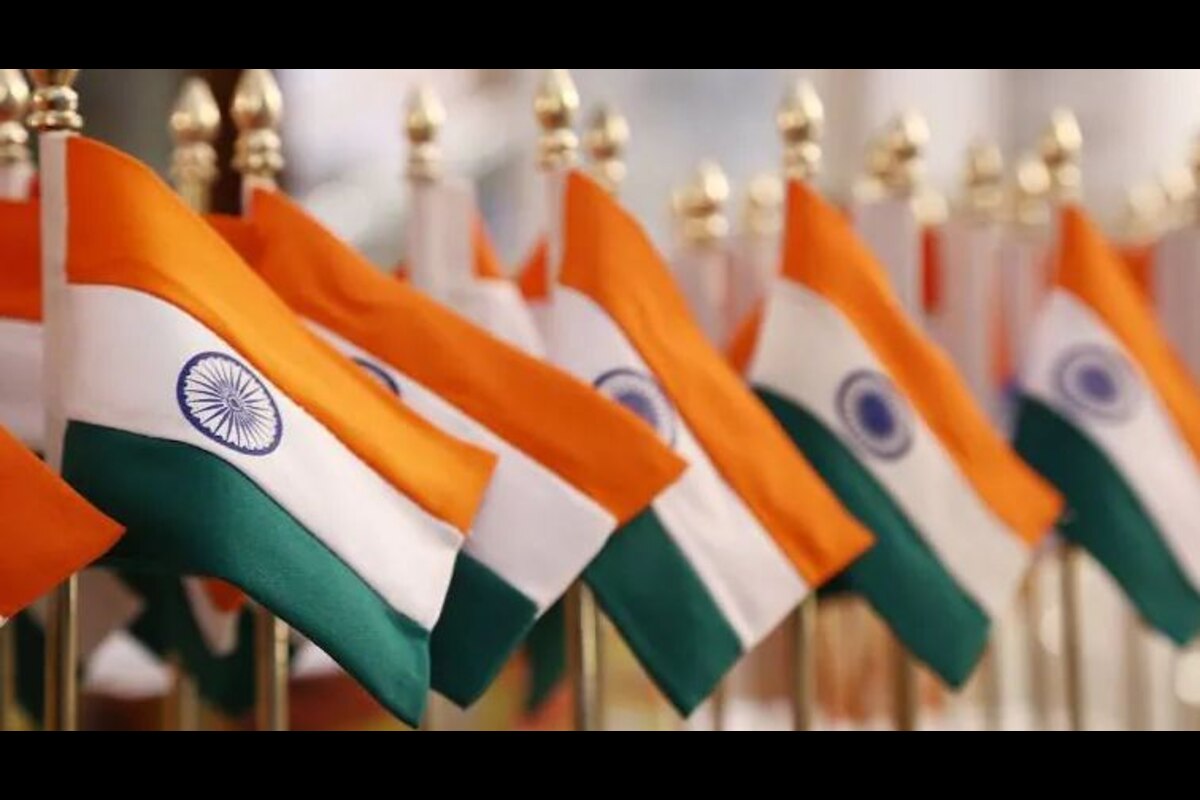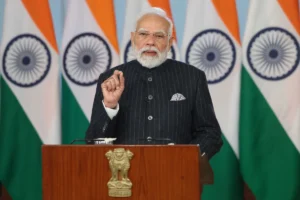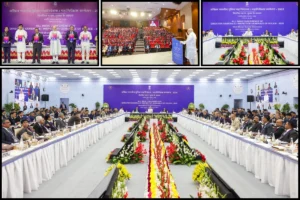
India's population
Self-reliance, self-respect and dignity are the three pillars that Mahatma Gandhi considered any society to found itself upon.
In a tribute to the ideas of truth, non-violence and Aatmanirbharta or self-reliance, a cleaner, more prosperous and stronger India is being built.
As a diverse nation with a rich cultural heritage, India has been striving to enhance the quality of life for its citizens over many decades.
However, the biggest and most structured push towards that has happened in the last decade with schemes of public interest taking care of the last person in the line, making life easier for the common person and boosting the standard of living for everyone.
In the past few years, there have been notable efforts and initiatives aimed at improving the ease of living of citizens in India. From advancements in infrastructure and technology to social welfare programs and sustainable development, India has been gradually making strides towards creating a more comfortable and convenient environment for its people.
The policies of the government have, to a large extent, been able to achieve social justice without any appeasement or discrimination with almost every household having clean fuel in the form of LPG cylinders as well as functional toilets.
It is estimated that $727 per family was saved annually by virtue of hygiene and cleanliness accruing to the ceasing of open defecation in rural India alone.
With more than 200 per cent reduction in food pollution and 1,200 per cent decrease in groundwater pollution linked to the construction of 11.5 crore toilets in the last 9 years, the sanitation cover and hygiene standards for rural households in India has increased drastically.
Another key area where India has been successful with its efforts is infrastructure development. The government has undertaken ambitious projects to upgrade transportation networks, expand urban areas, and enhance connectivity between cities and areas that were not visited as often.
New highways, better roadways, more efficient railways system and multimodal transport hubs have not only improved transportation efficiency but also increased accessibility for a large section of Indians.
These developments have positively impacted the ease of living by enabling smoother mobility, reducing congestion, and promoting economic growth in various regions as well.
On the other hand, a digital revolution has taken place at a rapid pace which has played a significant role in improving the ease of living in India as well.
With the widespread availability of smartphones and affordable internet access, citizens are now able to access various online services and platforms that reduce the burden faced by them earlier.
Digital payment systems built on the backbone of UPI have gained popularity, making transactions more convenient and secure for the common person.
Initiatives such as Digital India and the implementation of e-governance services have streamlined administrative processes, reducing bureaucratic hurdles and saving citizens’ time and effort. In fact, these advancements in the area of land records (Bhoomi) as well as healthcare (Ayushman Bharat Digital Mission) have made information and services more accessible to people across the country, bridging gaps and expanding opportunities.
India has implemented several social welfare programs to uplift marginalised sections of society and improve their standard of living. Schemes such as the Pradhan Mantri Awas Yojana (housing for all), Pradhan Mantri Ujjwala Yojana (clean cooking fuel for every rural household), Jal Jeevan Mission (clean water for every rural household) and Ayushman Bharat (healthcare for all) have aimed to provide basic necessity services to the underprivileged.
Most importantly, the often-ignored disabled population of India have received a shot in the arm with the Accessible India campaign which has been able to convert 11.7 lakh schools into becoming disabled-friendly with accessibility features.
These initiatives have positively impacted millions of lives, addressing basic needs and ensuring a more dignified existence.
By focusing on inclusivity and equitable development, India has taken significant steps towards improving the ease of living for all its citizens.
The most significant of all schemes, particularly during the lockdown, has been the Garib Kalyan Anna Yojana with a vast number of citizens having benefited owing to free food grains’ distribution.
More than 1121 metric tonnes of foodgrains were distributed in seven phases to over 80 crore citizens in the country. These endeavours not only enhance the quality of life but also promote long-term sustainability, ensuring that future generations can enjoy a better world.
India’s journey towards improving the ease of living has been marked by significant progress in various sectors. Infrastructure development, digital transformation, social welfare programs, and sustainable development initiatives have collectively contributed to a more comfortable and convenient lifestyle for citizens.
While challenges still exist, India’s commitment to continuous improvement and the well-being of its people shows great promise for the nation’s future.
As India moves forward, it is essential to sustain and build upon these efforts to create a society that truly prioritises the ease of living for all.
To read more such news, download Bharat Express news apps


















